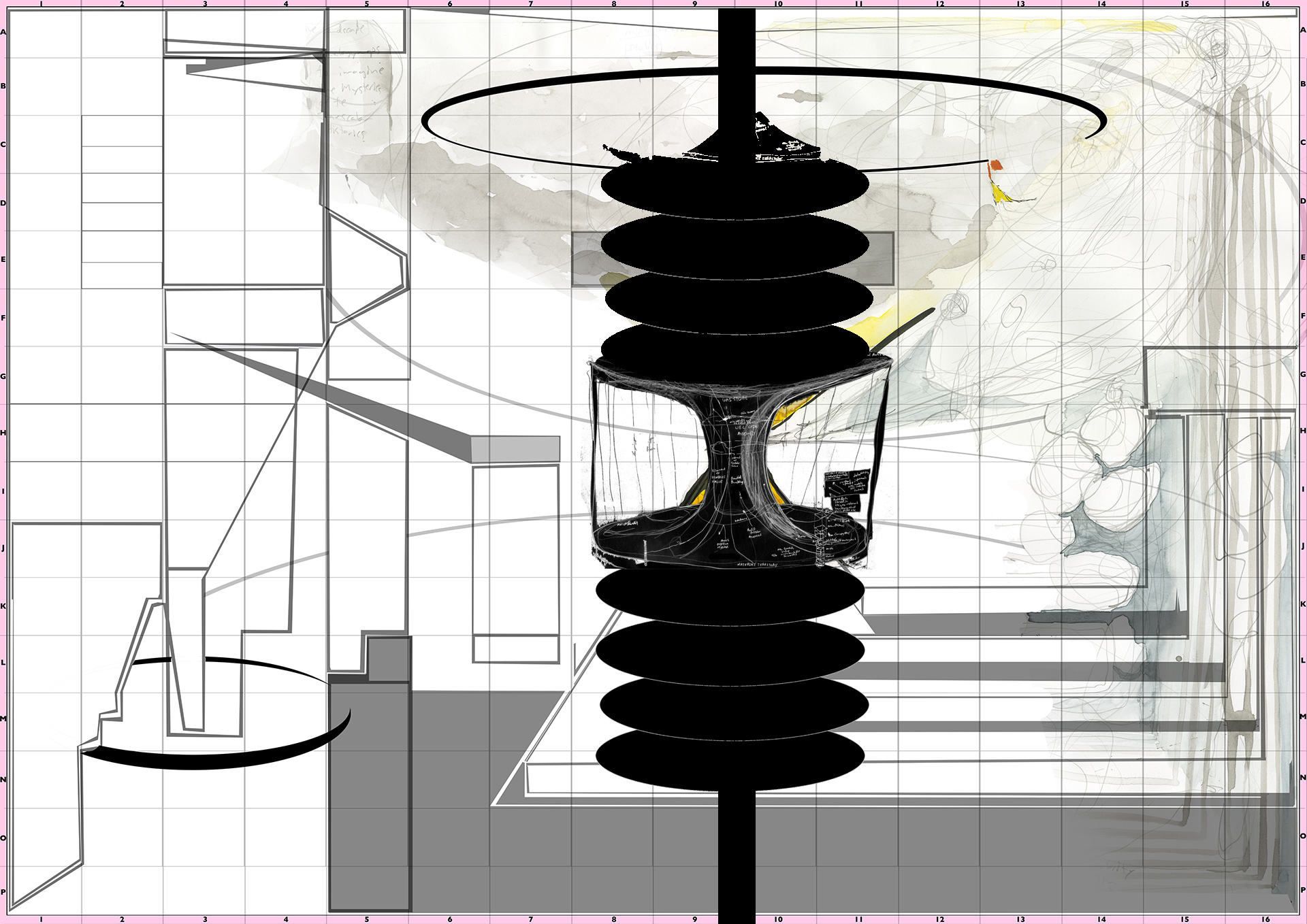See, for instance, in major cities, the aggressive buying of property, often left unused. Saskia Sassen, "Who owns our cities – and why this urban takeover should concern us all," The Guardian Cities (November 24, 2015), ➝; and Saskia Sassen and Hilary Koob-Sassen, "A monster crawls into the city' – an urban fairytale by Saskia Sassen," The Guardian Cities (December 23, 2015), ➝.
Berrin Chatzi Chousein, "'Digital Tools Narrow The Space Of The Divide Between Oppressors And Oppressed' Says Saskia Sassen," World Architecture Community (July 14, 2016), ➝.
See Saskia Sassen, “The Global City: Enabling Economic Intermediation and Bearing Its Costs,” City & Community 15, 2 (June 2016), 97–108.
Saskia Sassen, “Embedded Borderings: making new geographies of centrality,” Territory, Politics, Governance (March 6, 2017), ➝.
For an extensive set of data about major global cities, see LSE Cities' “The Urban Age” project: ➝.
A city’s ‘backtalk’ is one element of open-source urbanism: myriad interventions and little changes from the ground up contribute to making a city. Multiple, small, inconspicuous interventions together are evidence of a city’s constant evolution. See Saskia Sassen, “Open-Sourcing the Neighborhood,” Forbes (November 10, 2013), ➝.
See, for example, the Solar Canopy project, ➝. For a range of digital innovations specifically geared towards the needs of low-income neighborhoods and the challenges they face at home and at workplaces, see Saskia Sassen, "Digitization And Work: Potentials and Challenges in Low-Wage Labor Markets," Open Society Foundation (2015), ➝.
Lindsay Mackie, "How to Exclude and Expel Most of the World – Call it Growth," New Weather Institute (March 5, 2016), ➝.
Saskia Sassen, “Does the City Have Speech?,” Public Culture 25, 2: 209–21, ➝.
Saskia Sassen, “Predatory Formations Dressed in Wall Street Suits and Algorithmic Math,” Science, Technology & Society 22:1 (2017): 6–20.
Saskia Sassen and Hans Haacke, “Imminent Domain: Spaces of Occupation,” Art Forum (January 2012), ➝.
Urban Village is collaboration between e-flux Architecture and the 7th Bi-City Biennale of Urbanism\Architecture (UABB) within the context of its theme, "Cities, Grow in Difference."
